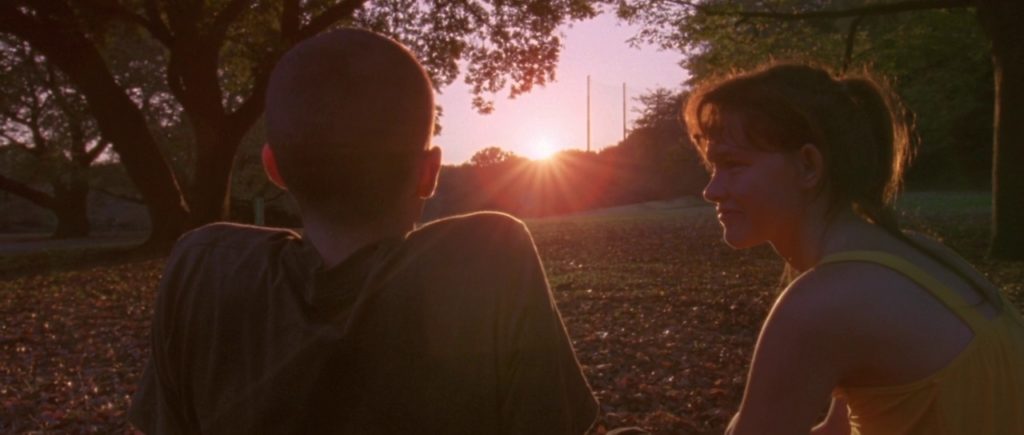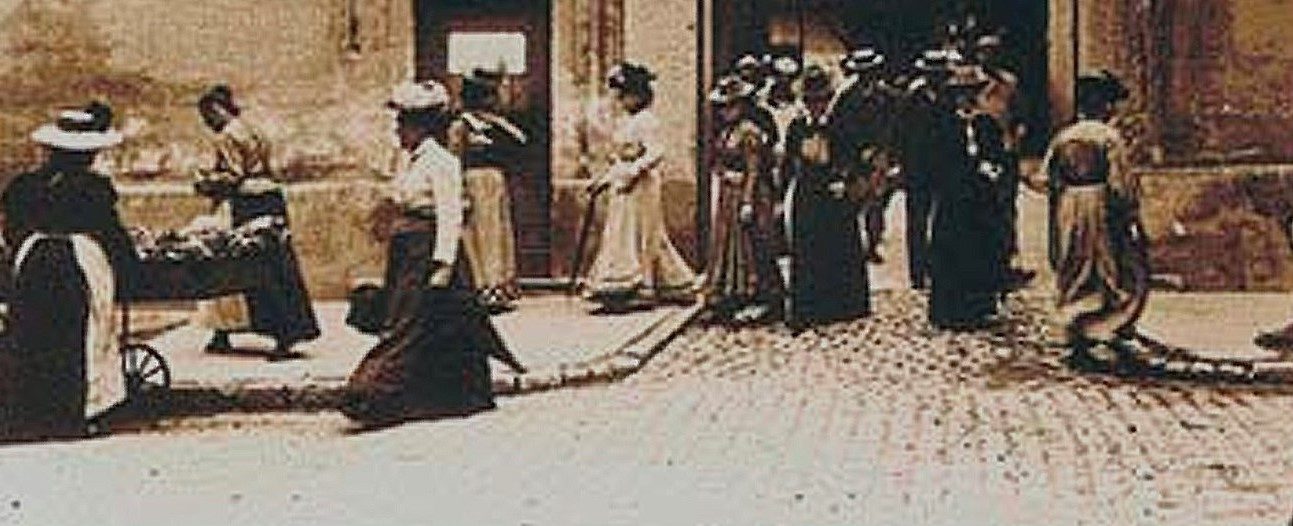France, Germany, Italy, Japan, Canada, 2009
Directed by Gaspar Noé
With Nathaniel Brown (Oscar), Paz de la Huerta (Linda), Cyril Roy (Alex)

It takes nerve and guts to make a film out of such a text as the “Bardo Thödol”, the so-called “Tibetan Book of the Dead”, a key text of the Tibetan Buddhism dating back from the 8th century AD, which intents to depict the hereafter worlds and various stages human conscience go through once the body lies lifeless. But director Gaspar Noé has long been interested in such a crazy project and eventually managed to turn ideas into a film which very nature derives from another movie which Noé and many others judge an essential and groundbreaking watch. His feature can be considered a bold, extended riff on the fantastic flow of images capturing the strange, existential voyage through other worlds and feelings of the lead character at the end of Stanley Kubrick’s riveting masterwork “2001, A Space Odyssey” (1968). The idea of a psychedelic and sophisticated montage of extraordinary scenes viewed from a peculiar, personal point of view to convey an eerie and metaphysical experience is recycled to create what the Argentine-born cineaste proudly defines as a psychedelic melodrama and is undoubtedly a deeply original narrative.
“Enter the Void” is a first-person vision, from beginning to end. This is a coming back to the origins for the director of “Seul contre tous – I Stand Alone” (1998), a debut feature that was recording the musings of a loser whose voice hogs the attention right away and never loses its grip and reflexively responds to the images of the butcher’s mishaps garrulously and unremittingly. But words matter less now, if only because Oscar is less partial to constant thinking and would be dead most of the running time. What from the start stuns and grabs the audience is the strong reliance on POV shots – actually the film turns out to be the most extended and relentless exploration of what that kind of shooting angle can achieve. Even alive, Oscar’s face barely appears on-screen, unless he looks into a mirror, and views on his body are limited; when dead, the wandering of his mind cause the camera to constantly rove and hover as it observe the past while in his memories his body is remote, the camera standing a little behind the head, giving the intriguing point of view of a conscience living again past events but from a distance (the only times when his adult body and face can be watched occur when the mind leaves the body and later watched his corpse being recognized by his sister). The film sticks to the rule to the very end in the most zealous, impressive and compelling way.
A casual talk with his best friend Alex minutes after the beginning, right after a first series of gorgeously unreal images, a magical and mesmerizing flow springing from the use of a synthetic drug, and minutes before a police operation leads to his death, smartly allows the audience to get familiar with the contents of the “Bardo Thödol” – Oscar does not gather everything and Alex provides a summary of the main stages a mind would know after death, effectively giving away how the voyage of the dead Oscar, and thus of the film, would proceed. At this point it matters to notice that Oscar is familiar with strange experiments and sensations: an expatriate, he scrapes a living in Tôkyô selling drugs and he digs tasting some of them, even if he claims to himself and to others he is no junkie. But his story is already tinged with a strangeness from unnatural behaviors and visions, laying the groundwork for the most baroque, eerie and splendid images to come – Oscar deals with trips but it is his story that becomes a trip, the most ultimate trip, in a readable, puzzling but perhaps simplistic connection.
The first stage of the mind’s voyage is well-known but falls short on expectations here. Yes it does see the life of Oscar in a flash – except that is a rather lumbering jumble of pictures focusing mainly on the weeks, or months preceding the situation at the film’s start, a most conventional chronicle of the ways Oscar got in the Japanese capital and the drug business, made friends, especially Alex, and invited his sister Linda to settle with him on the one hand; on the other hand the flashbacks show how he watched Linda grow and how both had to face the sorrow and immediate consequences of the most important and tragic event of their childhood, the death of their parents in a car crash they survived. The flow of images is a wonderful work of continuity editing, with a keen sense for visual rhymes and matched cuts; it is also built around a repetitive motif, that gruesome and life-changing trauma that hurt the brother and the sister.
The wandering of Oscar’s mind once his life has been awkwardly and briefly reviewed show how the people he has left behind cope with his demise and the troubling circumstances of that death at the hands of the police, a conscience roaming endlessly inside the same quadrant of Tôkyô streets, usually flushing in and out of lights, obsessed with whatever happens to Linda, haunted by the blood pact they made in the wake of the death of their parents, drifting from one stunning visual world to another, unable to break fully with the human life and to enter a higher stage of spiritual life.
Still the journey follows the steps envisioned in the “Bardo Thödol”, reaching the point where the universe is just about love-making, lust and procreation, smartly set up in toy-like building that is part of the flashy and funny model of a big city Alex’s co tenant has built – Oscar’s mind remains definitely hemmed in a very small and familiar world, a final outburst of provocative and imaginative flourishes leading to a grandiose finale – the moment when the soul gives up on reaching nirvana and instead keeps embracing the samsara, carefully electing the body of Linda to get the chance of better reincarnation.
That is bold – and shot with an outrageous, even ludicrous imagery. But this was the point of that constant and assertive evocation of an initial trauma: beyond the adaptation’s audacity and the showy and feverish visual style, what the film deals with and rhapsodies about is the intense bond between a brother and a sister, how inseparable and resilient they have come to be. Psychedelic, for sure, but above all, melodrama: Noé unashamedly depicts the fusion of two souls, a passionate commitment challenging even death, a bond born out of grief that another grief cannot unbind. He gets carried away in his enthusiasm to have a vivid, vibrant, vital picture, he does not always set the best pace – a whole section of the film feels a drawn-out aimless movement – and his narrative is based on links that feel too naive and facile. But he does master the art of shooting deeply unusual points of views and images; he juggles the various element with ease and intelligence; he is aware of how bold and jarring his work is and yet plows ahead with zeal and flair. It is not necessary to accept all his ideas but it is hard to deny his talent. His film is fascinating, brimming with raw emotions and expressing an unshaken faith in the visual powers of cinema.

